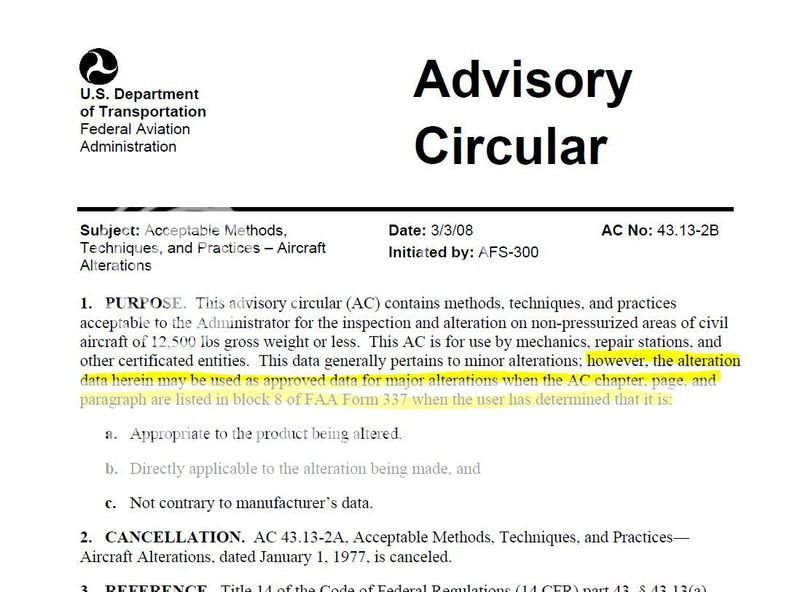kontiki
Cleared for Takeoff
- Joined
- May 30, 2011
- Messages
- 1,124
- Display Name
Display name:
Kontiki
I'm soliciting opinions.
I'm looking at the undocumented installation of an Avionics Master switch. It's a simple 35A current protected SPST switch in series with smaller breakers that power to all the Com, Nav, GPS, and XPDR gear on the airplane.
It does happen to be a 35A switch/breaker installed at the load end of a 12 AWG wire from the power bus. It is too big a breaker to protect that wire. At the load end, it protects only about the last 2"-3" of wire between the switch breaker and the other breakers. The 2ft of wire between the switch breaker and the power bus are completely unprotected.
I'm getting ready to pull it out, but I thought I'd see what consensus is. It's my own airplane, I'm still getting acclimated to the wild west world of GA coming from an airline perspective. I do appreciate the ability to share the experienced insights others.
I'm looking at the undocumented installation of an Avionics Master switch. It's a simple 35A current protected SPST switch in series with smaller breakers that power to all the Com, Nav, GPS, and XPDR gear on the airplane.
It does happen to be a 35A switch/breaker installed at the load end of a 12 AWG wire from the power bus. It is too big a breaker to protect that wire. At the load end, it protects only about the last 2"-3" of wire between the switch breaker and the other breakers. The 2ft of wire between the switch breaker and the power bus are completely unprotected.
I'm getting ready to pull it out, but I thought I'd see what consensus is. It's my own airplane, I'm still getting acclimated to the wild west world of GA coming from an airline perspective. I do appreciate the ability to share the experienced insights others.

